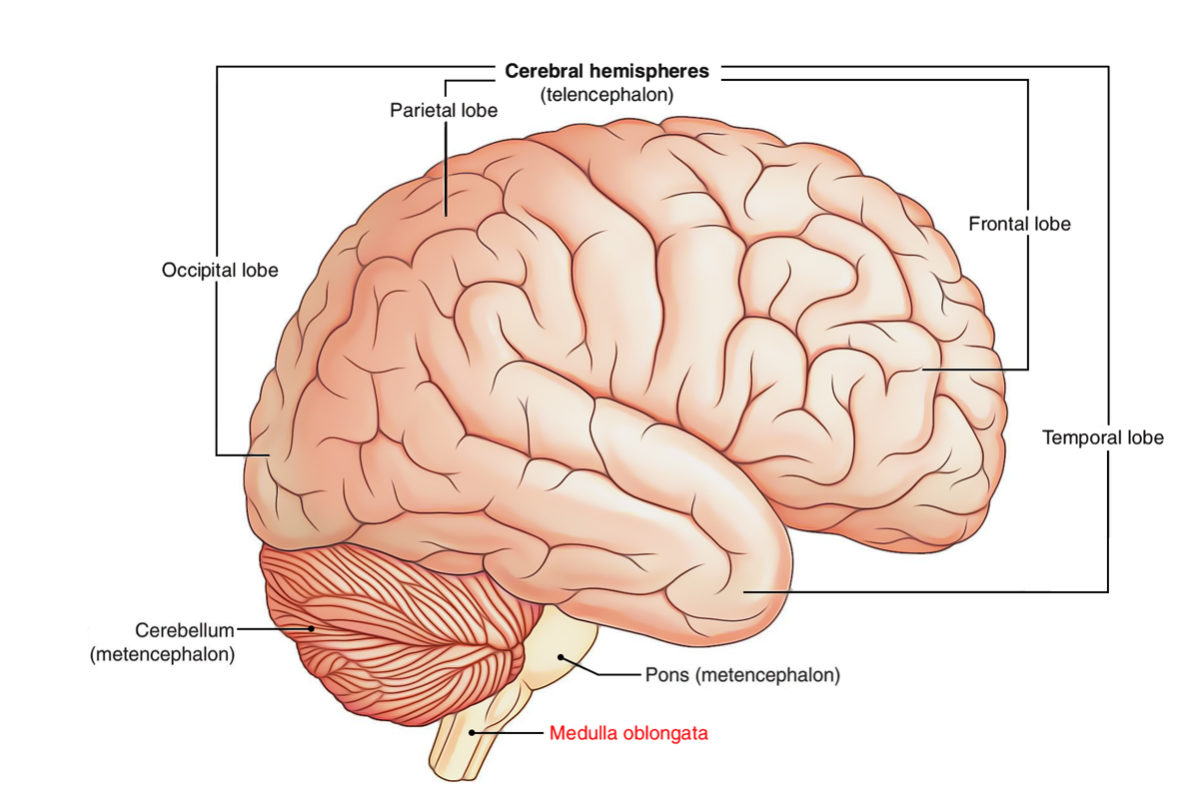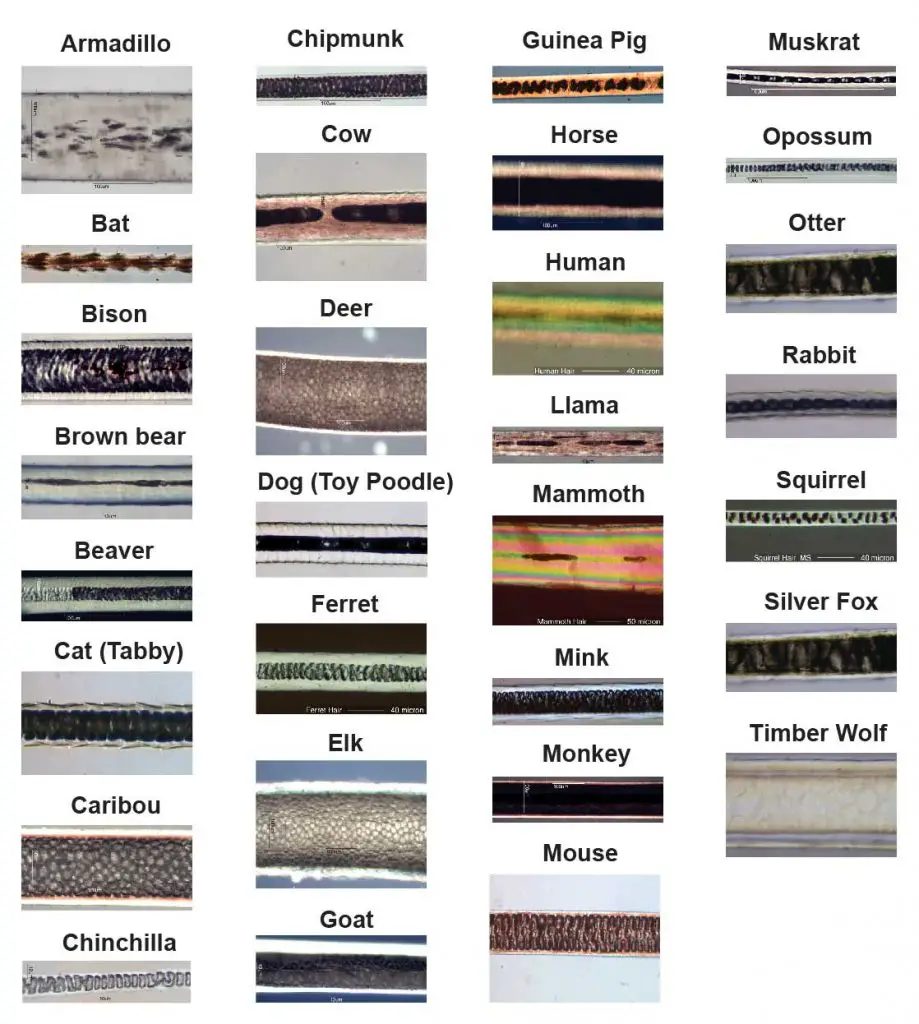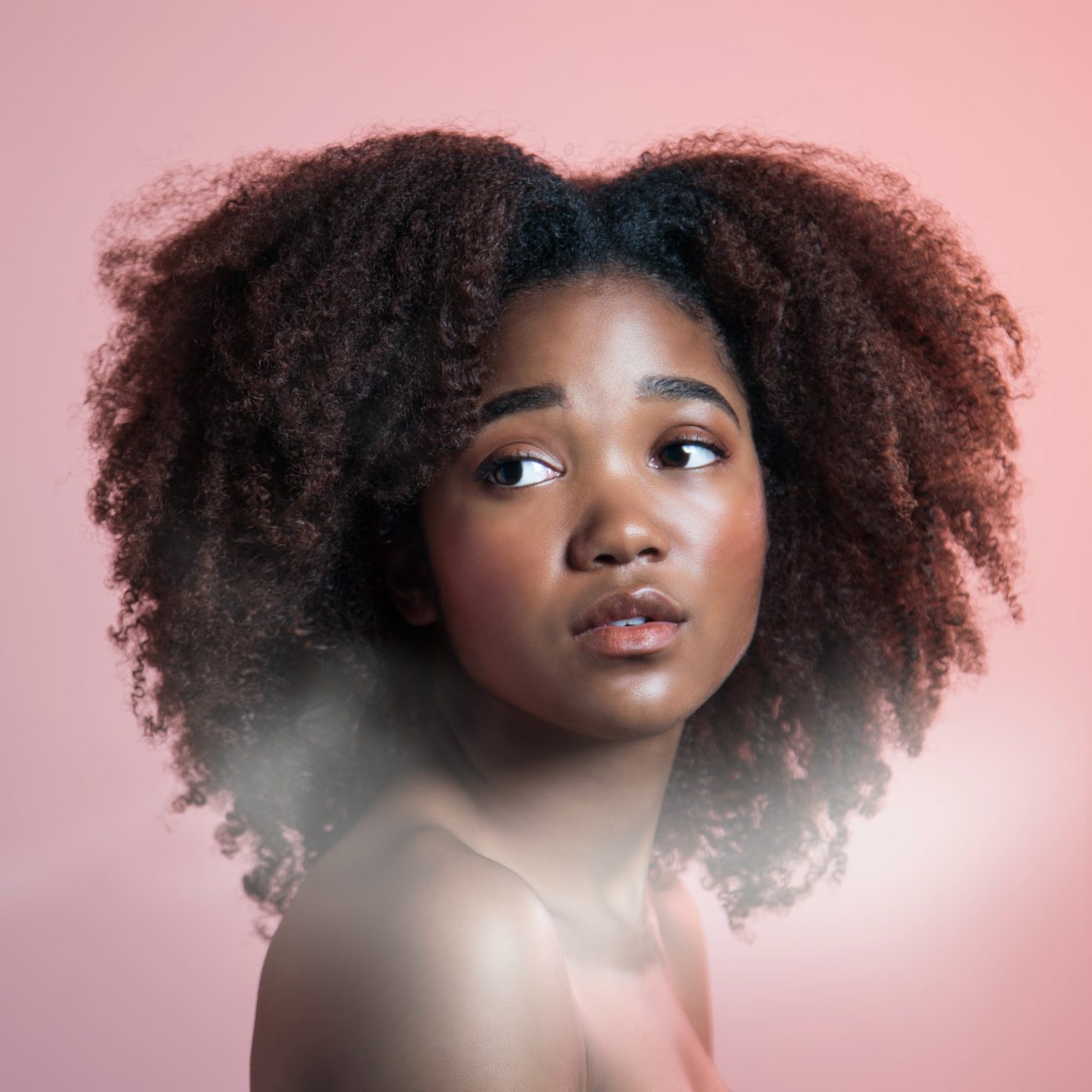Table Of Content

For example, hair on the head protects the skull from the sun. The hair in the nose and ears, and around the eyes (eyelashes) defends the body by trapping and excluding dust particles that may contain allergens and microbes. Hair of the eyebrows prevents sweat and other particles from dripping into and bothering the eyes. Hair also has a sensory function due to sensory innervation by a hair root plexus surrounding the base of each hair follicle.
What causes increased hair loss?
All rights are reserved, including those for text and data mining, AI training, and similar technologies. You can help keep your hair healthy by taking care of your overall health. Eating nutritious foods is one way to improve hair from the inside out. Check with your doctor if you have questions on your hair’s growth and how it might be impacted by your health.

Protective Function of the Cuticle
Outer root sheath (ORS) extends from the epidermis at the infundibulum and continues to the hair bulb and its cells change considerably throughout the follicle. In the infundibulum, it resembles epidermis, whereas in the isthmus level, ORS cells begin to keratinize in a trichilemmal mode. Keratinocytes in the ORS form the bulge area at the base of the isthmus. At the lower tip of the hair bulb it consists of a single layer of cuboidal cells, becoming multilayered in the region of the upper hair bulb. In some follicles, there is a distinct single cell layer interposed between the outer and inner root sheaths, known as the companion layer [23].
1. Hair growth cycle
For example, the straight hair of many Asian people gives a perfectly round cross section. Meanwhile, the wavey hair of European people gives an oval shaped cross section, and the curly hair of black people has a kidney-shaped cross section. Hair follicles (the sheath of cells that surround the base of each hair) head tend to be long and straight, but curly hair is often produced from curved hair follicles.
The common features observed in the X-ray data of all specimens are signals related to the coiled-coil keratin phase and the formation of intermediate filaments in the cortex, and the cell membrane complex. Signal assignment and corresponding length scales are shown in the figure. Through the anagen I–V, hair stem cells proliferate, encloses the dermal papilla, grow downwards to the skin and begin to proliferate hair shaft and IRS, respectively. Subsequently, hair matrix melanocytes begin to develop pigment and the form of the hair shaft begins to arise; in anagen VI, hair bulb and adjacent the dermal papilla formation is realized and the new hair shaft appears from the skin. This phase can last up to 6–8 years in hair follicles [1, 11, 18].
Human hairs usually contain a thin (less than ⅓ of the hair’s diameter), fragmented or absent medulla region. Animal hairs usually have thick medullae (more than half of the hair’s diameter) with regular patterns. Using the tweezers, gently pick and place the hair strand under a low-power stereo microscope. Observe and see if there are differences between different types of hair.Under a stereo microscope, you should be able to see the shape of the hair (straight or twisted, etc) as well as the color of the hair strand. At higher magnification, you can also see the appearance of texture on the hair surface. When viewing different types of hair, you can also be able to differentiate them by certain characteristics, for example, the thickness between different strands.
Meghan Markle's Hair Colour: Her Colourist On Her Look - Chatelaine - Chatelaine
Meghan Markle's Hair Colour: Her Colourist On Her Look - Chatelaine.
Posted: Wed, 18 Apr 2018 07:00:00 GMT [source]
Spun glass hair is due to abnormal keratinisation of the inner root sheath. This forms an inflexible tube through which the hair shaft must pass, distorting its shape and rendering it stiff and brittle. Light reflected from the flattened surface gives the hair a “spun glass” appearance. The affected hair shafts appear beaded a few months after birth. They break off leaving patches of the scalp with abnormally short hairs.
What are the 3 hair medulla types?
Humans have approximately 5 million hair follicles and 100,000 of them are located on the scalp [11] (Table 2) [2]. The innermost layer of the hair follicle contains cells which become keratinised to an extent, forming the medulla. Surrounding the medulla, there is a keratinised layer of cells called the cortex. The third cell layer of the hair follicle is also keratinised, forming a cuticle which is thin but hard. These overlap creating a structure that supposedly prevents the hair from becoming matted. While the two specimens both show the general features, differences are observed in the region of signal from the cell membrane complex.
The Growth Cycle
However, all individuals regularly used shampoos for cleaning and additional products such as conditioners, wax and gel. These products function primarily at or near the fiber surface to remove dirt from the hair surface, for instance, and do not seem to have an impact on the internal keratin structure, as will be discussed below. The fitting process is performed on both the 1-dimensional qz and the q‖ data produced from integration.
Hair is a keratinous filament growing out of the epidermis. Strands of hair originate in an epidermal penetration of the dermis called the hair follicle. The hair shaft is the part of the hair not anchored to the follicle, and much of this is exposed at the skin’s surface. The rest of the hair, which is anchored in the follicle, lies below the surface of the skin and is referred to as the hair root. The hair root ends deep in the dermis at the hair bulb, and includes a layer of mitotically active basal cells called the hair matrix.

Melanin is missing from gray hair.Cortex is composed of elongated and fusiform (spindle-shaped) cells. The cortex may contain air spaces called cortical fusi, pigment granules, and large oval-shaped structures referred to as ovoid bodies. Cuticle is the outer layer of hair that works like protective scales. The cuticle is made up of overlapping transparent keratin cells.
This particular section will enlighten you about each layer of hair in detail, along with the pattern and role of these layers in human hair. The hair shaft is the hair segment visible above the skin’s surface. The pencil’s structure is a good analogy for understanding the hair shaft’s layers. It not only reflects light, imparting a natural shine, but also regulates the hair’s water content. It serves as a protective shield for the cortex and medulla, guarding against chemical and environmental damage. (A) Pseudotemporal trajectory of analyzed interfollicular subpopulations.
The upper part named acroinfundibulum, the keratinization of epithelium turns into the “epidermal mode”, with formation of stratum granulosum and stratum corneum like a similar manner to epidermis [1, 14, 16]. Ectodysplasin (EDA) and its receptor (EDAR) are another important pathways involved in the placode stage of hair morphogenesis. The mouse EDAR mRNA is expressed in the epithelium before placode formation, and then becomes restricted to placodes, whereas the EDA mRNA is still expressed even after placode formation [3, 6, 8]. In the placode stage, activated WNT and EDAR control the localized accumulation of sonic hedgehog (SHH), which is essential for the downgrowth of the hair germ [2]. In contrast to EDA and EDAR, members of the bone morphogenic protein (BMP) family of secreted signaling molecules seem to be inhibitors of placode formation. The antagonist named Noggin neutralizes BMP activity via regulation of lymphoid enhancer factor 1 (LEF1) expression [4].
The details of these elements and further information regarding the epidermis can be found here. Hair becomes erect through the action of tiny smooth muscles known as erector pili muscles. Embracing this knowledge empowers us to make informed choices for optimal hair care and maintenance. Copyright © 2024 Elsevier, its licensors, and contributors.
A damaged cuticle will make your hair dull, tangle, brittle or frizzy. If you move your fingers from the root to the tip, you will feel the smoothness or uniformity in the hair. But, the texture of the hair strand is less uniform and rough when you do the reverse. Intercellular lipoprotein cements the scale-like cells in the cuticle.

No comments:
Post a Comment